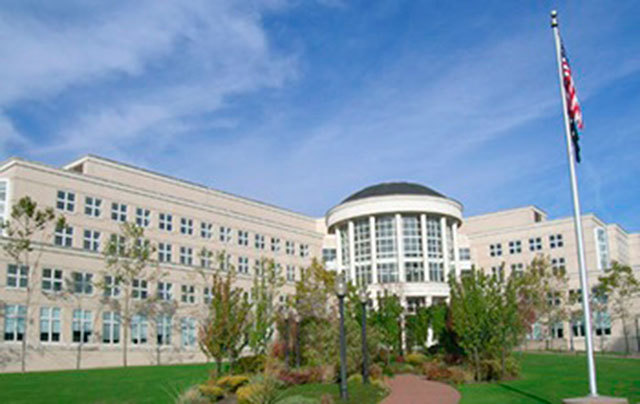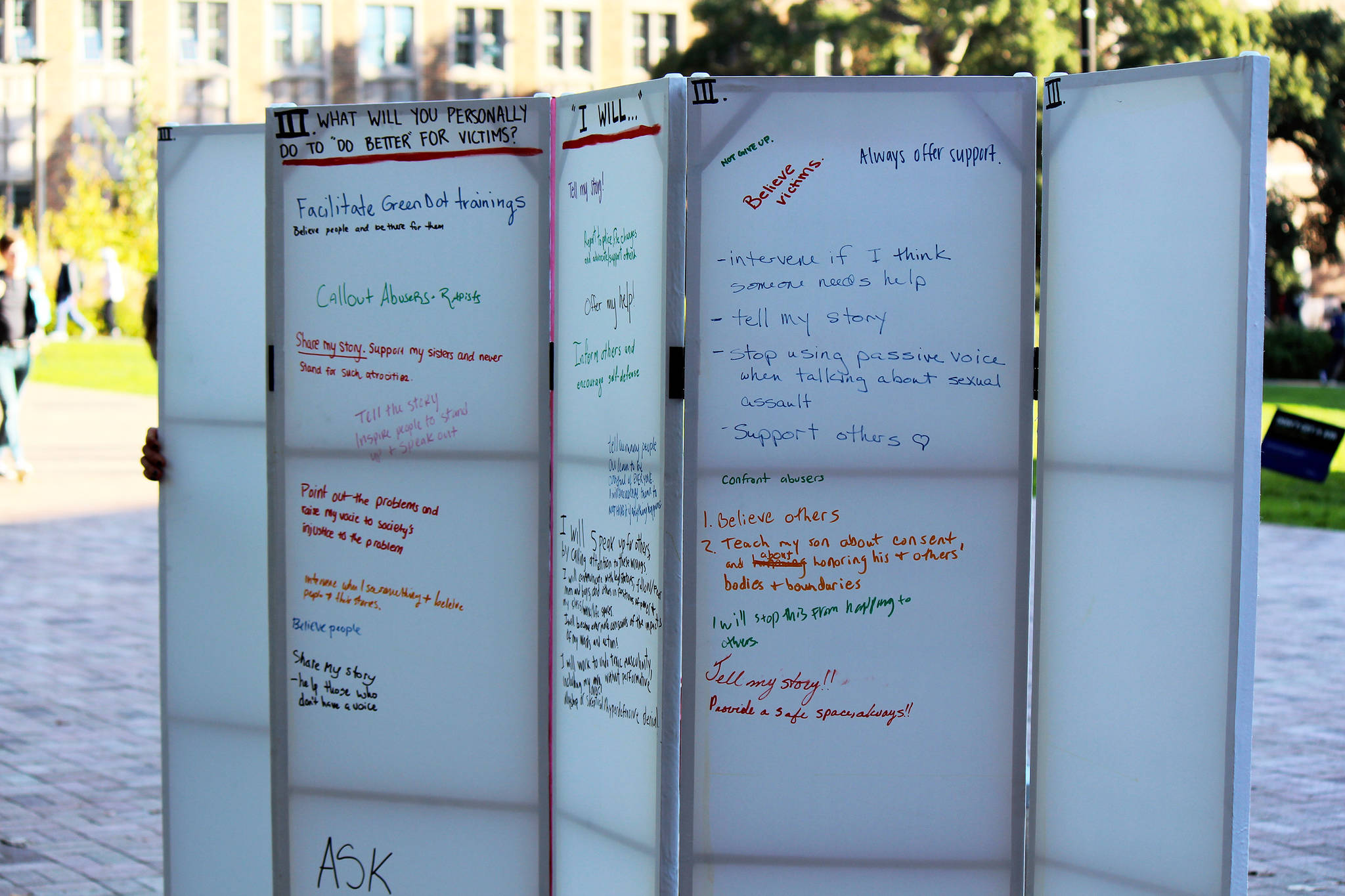Art by Brian Dionisi
It’s Tuesday night at Hollow Earth’s headquarters, a funky, cluttered, two-room studio space at 20th Avenue and East Union Street, home base for 150 of the raddest radio nerds in town. The walls are lined with bookshelves packed with CDs; tinsel flutters down from an art project taped to the ceiling; a makeshift construction-paper thermometer takes the temperature of the group’s $25,000 IndieGoGo campaign, which, on this particular evening, is still a bit below the $10,000 mark.
“We have $15,000 to raise in two weeks,” Becca Richards, a dark-haired woman with short bangs and a scarf, tells the couple dozen volunteers congregated here. “I feel pretty good about it.”
Hollow Earth co-founder Garrett Kelly, a stocky guy with a salt-and-pepper beard and a gentle voice, tries to drum up support for the idea of door-to-door canvassing. “It’s really fun!” he says, unconvincingly. “To knock on a door, and be scared, and watch out for dogs, you know . . . It’s fun!”
Instead, everyone spitballs ideas for music shows that could double as fundraisers. “Maybe we could have a sleepover show,” says Kelly.
“Or a breakfast show?” someone suggests.
“Yeah! You know, some guy has been talking about making noise music based off of waffles,” Kelly muses. “He’s been talking about that, like, forever.”
Hollow Earth has been ushering in noise music and community conversations and wacky-fantastical audio experiments through the Internet since 2007, and has had a home in the Central District since 2011. It’s never needed much money, since no one, not its DJs or show hosts or volunteer wranglers, has ever been paid a red cent.
But in 2013, when a dedicated crew of Hollow Earthers applied for and obtained a coveted construction permit from the Federal Communications Commission (FCC) to build their very own Low Power FM (LPFM) radio station—aka actual broadcasting on actual airwaves—the tables turned quite a bit.
As it turns out, nabbing your own frequency on the radio dial is hardly the end of the road. There’s a shit-ton more work to do, and a lot of it requires cash, hence the $25,000 campaign. It costs thousands of dollars to buy a transmitter and an antenna, among other crucial bits of hardware, and at least $3,000 more to obtain a city permit to install said antenna on a roof. Oh, and you need a roof, which their studio rental doesn’t provide. They’re working on that, Kelly says. “We have two good options right now.”
Hollow Earth is one of seven groups that got construction permits from the FCC to build LPFM stations within Seattle city limits—enough to pave 90 percent of Seattle’s streets with community radio. LPFM radio stations are hyperlocal hubs that broadcast to only about a three-and-a-half-mile radius. They were created under federal policy following a hard-won fight by media-justice advocates in 2011, when President Obama signed the Local Community Radio Act. It’s about “not having just some people in charge of the airwaves,” says Luzviminda Uzuri “Lulu” Carpenter, host of Hollow Earth’s community talk show Lulu Nation.
But the stations are now at another crucial step. When the FCC grants an LPFM station a spot on the dial, they want it to be used, so when the agency began issuing permits in late 2013, it set the expectation that each applicant would start broadcasting local content for eight hours a day exactly 18 months later. At this point, however, it looks as though just one of Seattle’s LPFMs will meet that deadline: Seattle University’s KXSU.
“As of right now, it’s pretty loosey-goosey,” concedes KXSU station manager Randy Scott, who says they’re ready to go on the air largely thanks to the access to equipment and funding provided by their affiliation with a university. Meanwhile, he says, everyone else working on LPFM in Seattle is pretty much “up to their neck in alligators.”
Erik Takuichi Wallace, technical coordinator for Rainier Valley Cultural Center and audio engineer for Rainier Valley Radio, an LPFM station set to start streaming online in March, but not on the air until mid-2017, compares the LPFM effort to a Clint Eastwood movie. “Go ahead. Pick up the gun. I dare you,” he mimics. “It’s like the FCC was like, ‘Go ahead. Start a radio station. I dare you.’ ”
Luckily, the FCC grants additional 18-month extensions for those who apply, and as a result, most of the Seattle stations have set 2017 as a more realistic deadline.
Money has proven the major barrier. Even though $25,000 is a dizzying amount to raise for a ragtag band of volunteers like Hollow Earth, that’s a very, very lowball amount to sustainably run an LPFM station, says Sabrina Roach, a tireless Low Power FM advocate and one of the major players in getting the movement rolling in the Puget Sound region. She’s affectionately described by several members of Seattle’s radio cohort as “the goddess of LPFM.”
“I think of the terrestrial signal as more than a terrestrial signal,” she says, explaining why these stations go through the effort, rather than simply stream online. “I think of it as a magnet—as community glue.”
Seeing the challenges many stations are facing, Roach is developing a “Low Power FM Accelerator Project” that she hopes will bring dollars, donors, tools, and resources for LPFMs in Seattle and across the country; more specifics on that, she says, should roll out within a few months.
For Roach, and for many, LPFM is a clear way to bring a more diverse set of voices to media, as well as for neighbors to get to know neighbors—an outgrowth of the fact that the signal is audible for only a few miles—and to build an immediately relevant audience for whatever experimental art piece or social issue anyone wants to share. “As a mechanism for community and economic development, it’s powerful,” she says. “There’s something magical there.”
After the Hollow Earth meeting, I follow Garrett Kelly out into the wet night and he stops at a trunk on the street, just west of Hollow Earth’s front door—a big, mysterious, wizardly trunk full of non sequitur objects left by passersby: brightly colored picture frames, stickers, pins, journals, comics, bits of paper. “It’s the Time Travel Box,” he explains cheerfully. “You’ve always got to check the Time Travel Box.”
Once, he says, Hollow Earthers found “an actual letter from the future” in it. So they threw a party on the subject—but not before they installed a Time Travel Museum at their headquarters for a few weeks, featuring “artifacts and evidence” of time travel.
“The image of the scrappy radio station where people are doing ridiculous things, and bringing in people that would never get the time of day on any radio station because they’re, like, breaking glass as their music,” says Kelly: “That’s my personal thing.” He wants to be able to “turn on the radio and be like, ‘What the hell is this?!’ ” That’s why, for its on-air station, most likely to broadcast in 2017, Hollow Earth picked the call letters KHUH (definitely to be pronounced “k-HUH?!”).
LPFM has the whimsical quality of a bookstore—that element of serendipity we left back in the pre-Amazon days, when we could stumble upon something totally unrelated to what we thought we were looking for. It’s part of what Kelly calls the “rawness and realness” of an old-school medium that, ironically, thanks to the Internet, is enjoying a new heyday.
Here in Seattle, money or no money, if you ask the LPFMers, that heyday is definitely coming.
And so are you, if you want. “I hope people realize that they can invite themselves in,” Kelly says. “There’s a lot of space for that.”
Sara Bernard writes about environment and education for Seattle Weekly. She can be reached at sbernard@seattleweekly.com or 206-467-4370. Follow her on Twitter at @saralacy.








